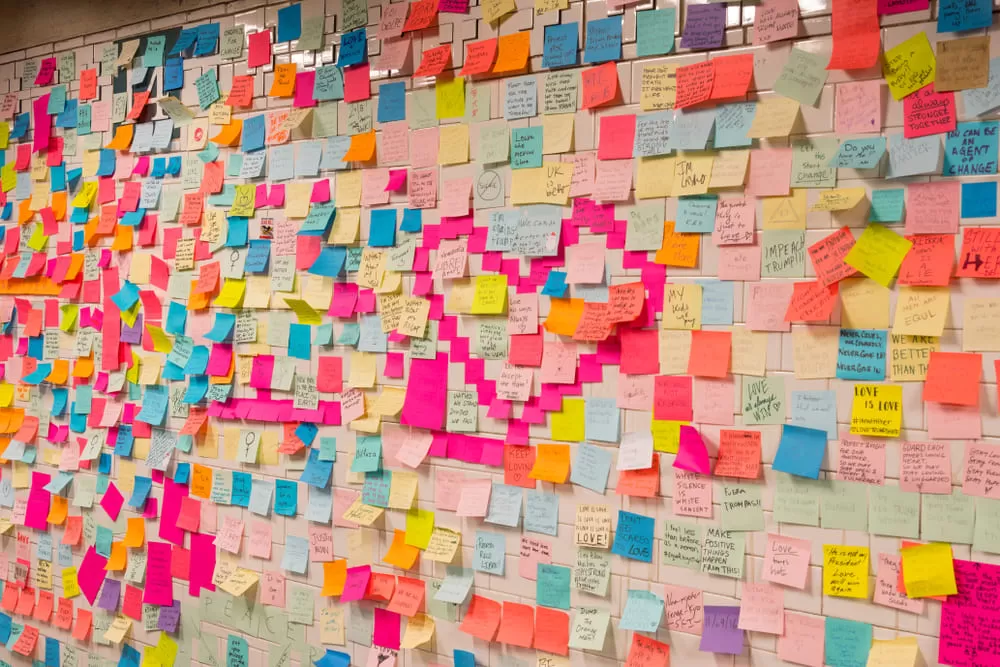Elf himself will inspire self-care strategies for spreading cheer during this holiday season 🙂
As the weather gets colder in the Arizona desert and we begin to prepare for a busy month, Meagan wanted to share some holiday tips inspired by one of her favorite holiday movies: Elf! 🎄✨
In this 2003 holiday classic, Buddy the Elf’s contagious enthusiasm reminds us, “The best way to spread Christmas cheer is singing loud for all to hear!” While Buddy’s holiday spirit resonates with some, others may find this season overwhelming.
Holiday Spirit & Stress
According to the American Psychological Association, 38% of people report increased stress during this time due to financial strain, time crunches, and family obligations. “The holiday season sparks conflicting feelings as over two in five U.S. adults (43%) would use both positive and negative words to describe the holidays, and 72% agree that the holiday season can feel bittersweet.” Recognizing these challenges allows us to create intentional moments of self-care and multigenerational connection.
Buddy-Approved Self-Care Strategies for a Jolly Season
The National Institute of Mental Health describes self-care as “taking the time to do things that help you live well and improve both your physical and mental health.” Let’s borrow a page from Buddy’s playbook and add some fun to our holiday self-care routines!
1. Have a “Buddy” Day!
Spend a day doing only things that bring you joy. Whether it’s rewatching Elf, indulging in your favorite holiday treats (maybe holding the spaghetti with syrup), or crafting DIY decorations, dedicate time to activities that light up your spirit.
2. Spread Cheer Through Acts of Kindness
Buddy loves making others smile! Channel his enthusiasm by surprising coworkers with handwritten notes or sharing cookies with neighbors. Studies show that acts of kindness boost mental well-being. For inspiration, download the Mental Health Foundation 50 random acts of kindness poster here.
3. Dance It Out
Turn up the holiday music and have a dance party! Whether you’re swaying to “Jingle Bell Rock” or Buddy’s favorite “Santa Claus Is Coming to Town,” moving your body releases endorphins and reduces stress. “Dance is an antidote to stress, a way to combat negative emotions, an elixir for the body, mind, and brain,” write Christensen and Dong-Seon Chang—an Argentine tango dancer and swing dancer—in their 2021 book Dancing Is the Best Medicine.
Self-Care Strategies for All Generations
The holidays look different for everyone, so customize your self-care to meet your needs:
- Set Boundaries: Learn to say no to overpacked schedules. Declining a few invitations can make space for meaningful moments. We get it… FOMO is real and saying no can be hard! BetterUp® helped by sharing 50 different ways to say no politely.
- Stay Active: Take a family walk to admire holiday lights or join a virtual yoga class. Physical activity helps reduce stress. “Exercise and sports also provide opportunities to get away from it all and to either enjoy some solitude or to make friends and build networks.”
- Schedule “Quiet Time”: Dedicate time to recharge. It could be journaling, meditating, or even taking a nap. “Harshman explains that relaxation is not about doing more to do less, or about pursuing a specific form of relaxation that you may not like. Instead, relaxation is giving your mind and body a break to restore your energy, support your cognitive function and regulate your mood.”
- Keep It Balanced: Savor holiday treats but don’t skip meals. A balanced diet supports your mood and energy levels.
- Unplug from Technology: Designate tech-free evenings to focus on in-person connections or personal relaxation. “Almost everything will work again if you unplug it for a few minutes, including you.” —Anne Lamott
Mental Health Resources
If you or someone you know is feeling overwhelmed, it’s okay to seek professional help. Here are some trusted resources to support mental health during the holidays:
This holiday season, let’s take inspiration from Buddy and find joy in the little things. Whether it’s singing loud for all to hear or simply taking a mindful moment to yourself, self-care can make the busy season brighter. Remember: the best way to spread holiday cheer is by being kind—to yourself and others!






